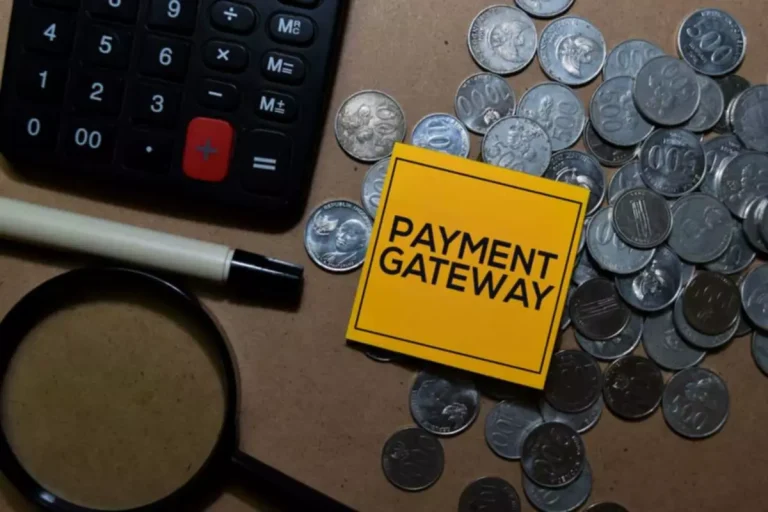Mining does not produce further LPoS tokens as a outcome of the system only permits token leasing. So whereas LPoS provides some benefits, it additionally requires tradeoffs round decentralization and programming complexity. Proper implementation can help mitigate a few of the disadvantages. This makes staking simpler, safer, and extra profitable for each beginners and experienced traders. There are several variations of Proof-of-Stake, each with its own answer to realize efficient, resource-efficient network governance.
Leased Proof-of-Stake (LPoS) is an innovative consensus mechanism designed to enhance the efficiency of cryptocurrency mining. It goals to handle Digital asset limitations found in Proof-of-Work (PoW) and improve different Proof-of-Stake (PoS) methods, such as Delegated Proof-of-Stake (DPoS). Users can delegate the manufacturing of latest blocks to delegates or witnesses by way of a democratic voting system that weights ballots based on the number of tokens held on a platform.
How Lpos Differs From Traditional Pos

The dynamic world of blockchain technology sees a multitude of consensus mechanisms, each with distinct properties and advantages. Leased Proof of Stake, a prevailing strategy among these mechanisms, integrates components of conventional Proof of Stake (PoS) with a novel leasing function, offering customers and validators increased flexibility. NIX uses a permissionless leased staking mechanism, enabling customers to stake their cash through a third-party pockets without typical belief points. Third events providing staking providers reliably receive a stake payment incentive primarily based on a leasing sensible contract signed by the proprietor. With the speedy development of blockchain know-how, new and innovative consensus mechanisms are emerging as the foundation of various cryptocurrency networks.

Advantages Of Leasing To Token Holders
A PPoS system will function usually so long as two-thirds of the network’s nodes are performing actually. Though the low minimum staking requirements concerned in PPoS potentially may undermine community security Leased Proof of Stake in some eventualities, this protocol has served Algorand properly. To become a network validator, most original PoS networks require a minimal staking quantity. Nonetheless, many blockchain initiatives are intent on mitigating the chance of favoring bigger token holders to the detriment of different users to be able to keep optimal decentralization and equitability.
Nevertheless, if in LPoS every thing is decided by the particularly given quantities of money, then with DPoS, a “status mechanism” is connected. And this mechanism is already indirectly depending on the stake of every participant. Honestly, LPoS is much less complicated and extra intuitive, plus any blockchain could be tailored for it, utilizing proof of stake as a consensus algorithm. Sure, they’re related, as LPoS is just a variant of the PoS system.
- Although the lessor can hyperlink the cash to the nodes they want to lease from, the cash never leave their wallet.
- The dynamic world of blockchain know-how sees a mess of consensus mechanisms, every with distinct properties and benefits.
- Liquid Proof of Stake (LPoS) lets token holders mortgage their validation rights to different users with out relinquishing their token ownership.
- They often do that via a sensible contract or a trusted platform.
The winning nodes validate transactions, compile them into blocks, and are rewarded with transaction charges. LPoS permits crypto users with small quantities of tokens to lease them to earn rewards. By comparability, proof-of-work techniques solely accommodate users who can afford to operate pricey mining machines.
Thus, to enhance their chances of validating a block and receiving a reward, users should stake more cryptocurrency. In different words, customers can merely choose a MassTransfer as a different type of ‘Send transaction’, permitting them to incorporate as much as a hundred recipients in a single transaction. Combined with Waves-NG, the MassTransfer feature enabled a very excessive rate of throughput on the network.
How To Stay Forward Of The Crypto Space? Top 6 Free Research Instruments Revealed!
One of the newest and increasingly well-liked approaches is Leased Proof of Stake (LPoS), which brings a number of benefits and adjustments to the cryptocurrency ecosystem. This article takes a closer have a look at this type of consensus, how it works, and the potential implications for the cryptocurrency group. It allows customers to lease tokens simply, expanding the network’s safety and governance. Waves has seen increased network stability, faster transactions, and more lively group participation. As An Alternative of fixing puzzles, validators are chosen based on how many tokens they maintain and are keen to “stake.” This use of staking reduces power waste and improves scalability.
In a Delegated Proof-of-Stake (DPoS) structure, community participants have the proper to delegate the production of latest blocks to a set number of delegates, typically also recognized as witnesses. Customers decide which delegates will validate new blocks via https://www.xcritical.in/ a democratic voting mechanism in which votes are weighted by the amount of tokens locked up in platform . This voting course of is continuous and customers can substitute ineffective delegates with one other validator at any time. This signifies that delegates must behave honestly and effectively to proceed receiving the backing of their voters and stakeholders.
As of 2024, two blockchains, Waves and Nix, employ the LPoS model. Nix permits customers to leasers their tokens utilizing third-party wallets, whereas Waves solely completes lease transactions initiated from its self-developed pockets. Lease transactions don’t require an intermediary to process them. What’s more, block rewards are mechanically distributed to leasers based mostly on their leased tokens. It is price mentioning that even after leasing your tokens, you don’t lose control over them since they don’t go away your non-custodial wallet.
Platforms like Token Metrics help mitigate these risks by providing in‑depth analytics on validators, staking swimming pools, and network activity. In 2025, PoS is taken into account the future of blockchain consensus thanks to its efficiency and accessibility. In Contrast To the Proof-of-Work (PoW) mechanism, the place miners clear up complex mathematical tasks, LPoS depends more on the ownership and delegation of tokens than on computational power consumption. Leased Proof of Stake might change how we think about governance, staking, and participation. It offers extra people a stake in the network whereas preserving things secure and honest.